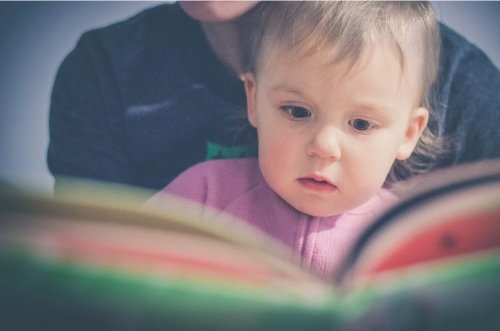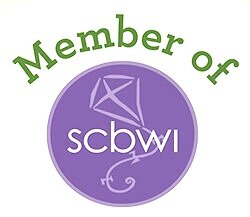When we, parents and teachers, read a book to young children it is often for fun, for interesting characters, or to learn about our world. Beyond the pleasure and bonding, stories are deep learning opportunities for children.
As a teacher I have to gauge how a story works for the group. Just as a parent must decide what works for their individual child. I might choose to skip a part of a story that I know is not appropriate for a young age group, but usually, a story opens up discussion.
The trick is to first listen to the child’s thoughts on the story. Why do they find it scary or funny? Often a child’s reasoning is different from an adult’s assumptions. If you ask why your child is uncomfortable with a story, their answer may surprise you. Perhaps they’ve seen someone act mean like the character in the book. This is a chance to discuss what to do in a similar circumstance, so your child can build their own confidence. The instinct to get rid of a book, rather than talk about the topic can be a missed opportunity for both the child and adult.
This is why you will find gentle Waldorf schools telling (age appropriate) fairy tales over and over. They can be scary. A child needs to become familiar with the story and realize it all works out in the end. It takes repetition to move beyond the initial concerns a child may have and to delve further into the story.
A difficult truth for some children and many adults is that growth and learning happen when we face uncomfortable topics. In books for young children this can take the form of a scary wolf, but also of someone who is mean or steals. If it’s bedtime a comforting and familiar story is the best choice. But for learning don’t shy away from stories that are a little uncomfortable—calm listening and discussion can help your child learn, grow, and build confidence in their abilities.


